Robyn Stacey | Hot House
HOT HOUSE
The images in Hot House are photographs of dried specimens from the Royal Botanic Gardens Sydney, collected by contemporary professional botanists as well as nineteenth century hobby collectors. In addition there are a series of black and white images, that are not specimens but rather the impression the plant has left on the folder in which it is stored.
There are over a million plus plants held in herbarium. These are stored in collection boxes that are all uniformly sized and stacked from floor to ceiling in racks that run over many levels of the building. Each box contains numerous folders and each folder contains a specimen sheet. The specimen sheets in turn are a specific size (about A3) to fit the specimen box. When a specimen is larger than the sheet rather than use a bigger sheet the specimen is elaborately folded and tied to fit the given sheet. These plants take on the appearance of a small 'Zen' parcel in their detail and presentation (Signature Mauve). This is an example of a scientific format determining an art outcome.
The images also reflect the work of the amateur collector - algae and fern albums were incredibly popular in the nineteenth century (Fern Journals). The hobby collector crosses all socio-economic groups from the gentleman scholar, to retired scientists and professors, to clergy, and lay people from all walks of life. The forms chosen to conserve or display the specimens by the hobby collector makes for variation and individual expression in the specimen display as opposed to the standard botanical specimen sheet.
Trace, this black and white series is really about the absence of the specimen. These impressions are the mark or the stain the plant makes onto the folder over time. Given the size of the collection some specimens, particularly Exotics, are rarely accessed which makes for a near perfect impression (Tulips) while others have been repeatedly accessed and display shadowing creating a sense of movement. The impressions although nothing more than a mark on paper convey the sense of time present and time past.
Robyn Stacey
Hot House
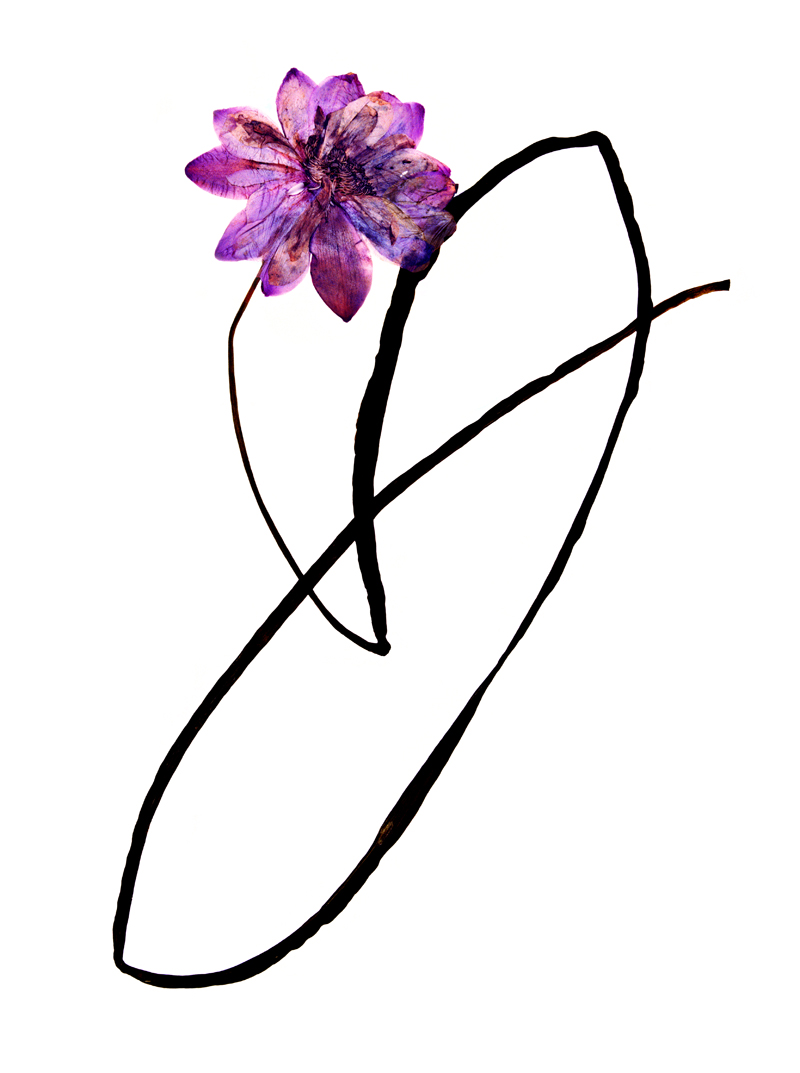
enquire about this work
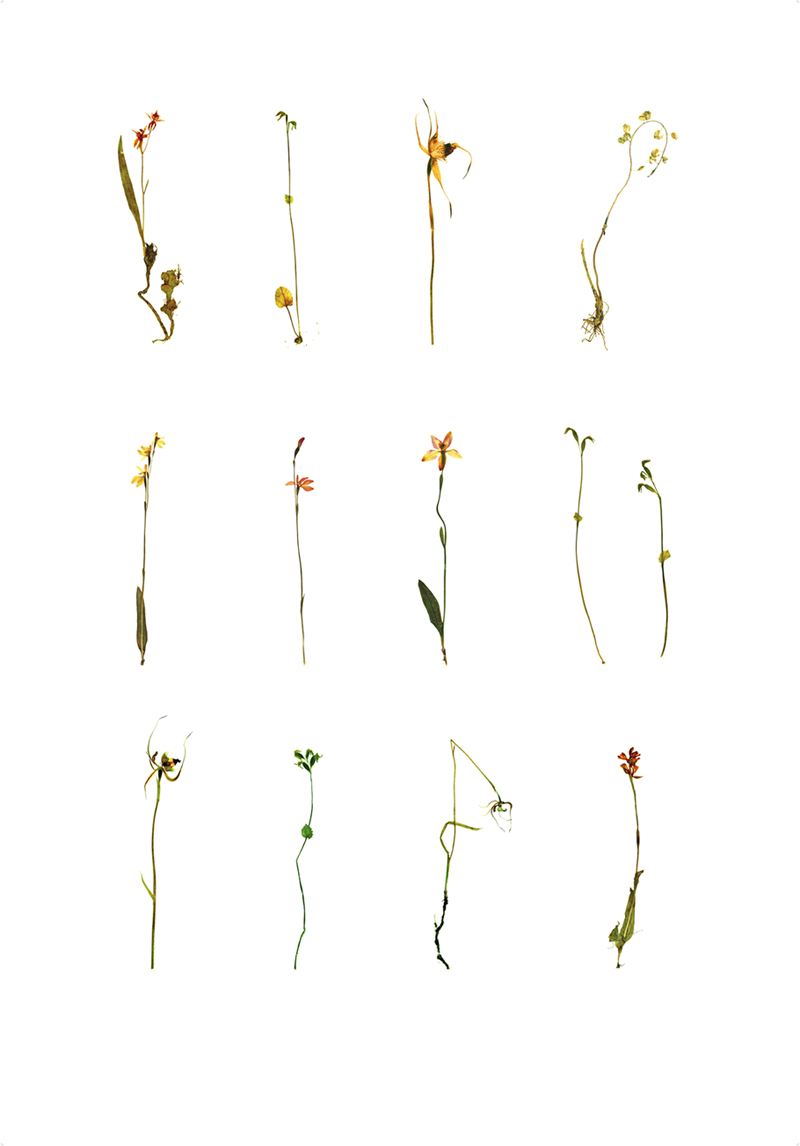
enquire about this work
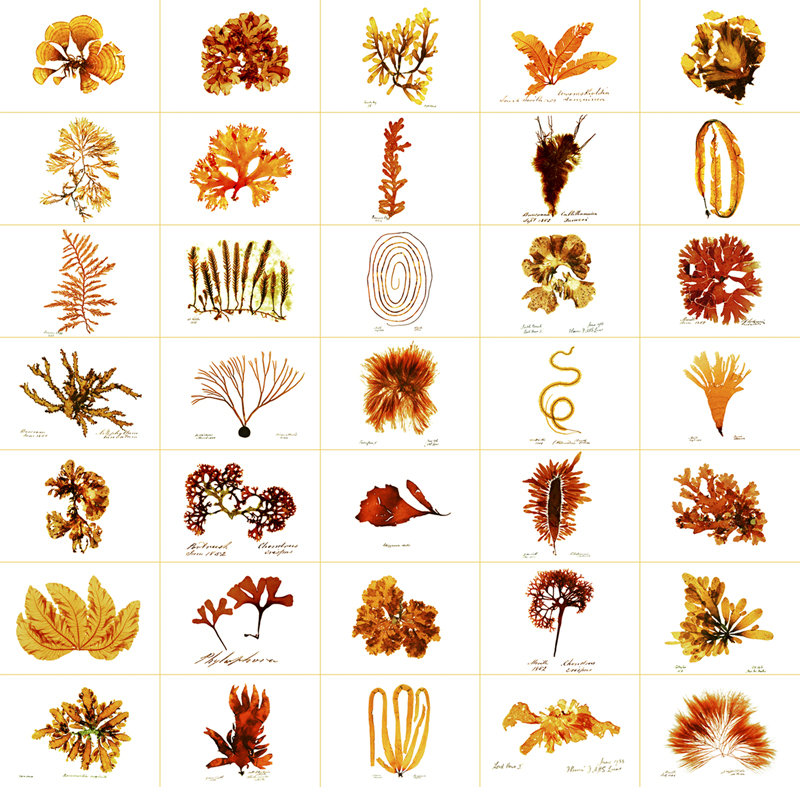
enquire about this work

enquire about this work
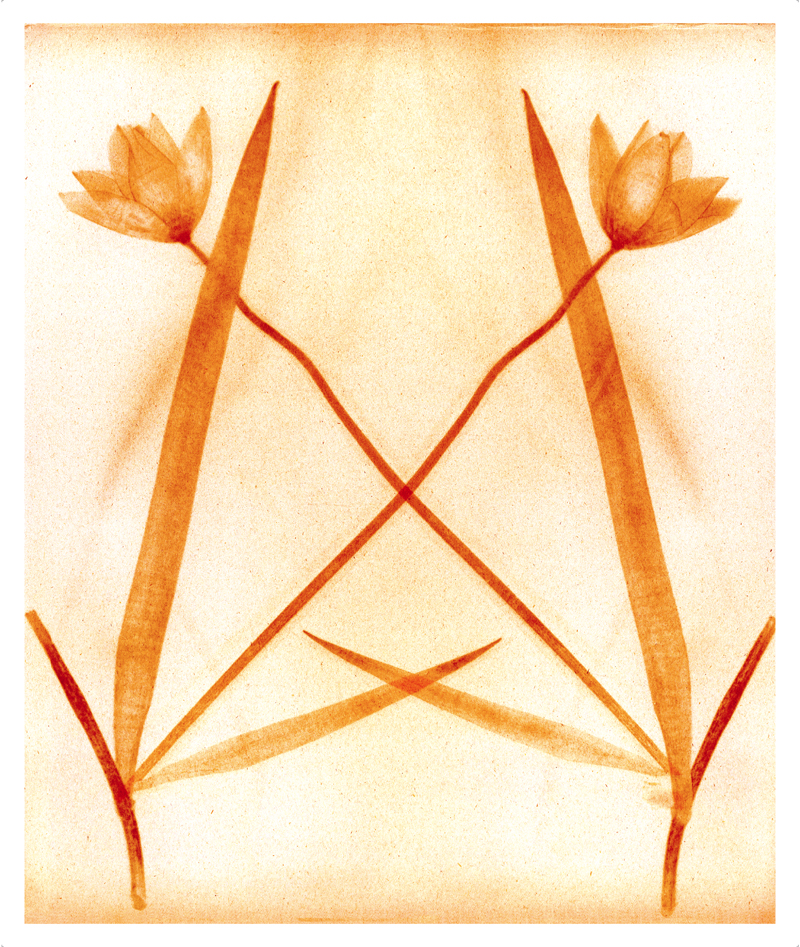
enquire about this work
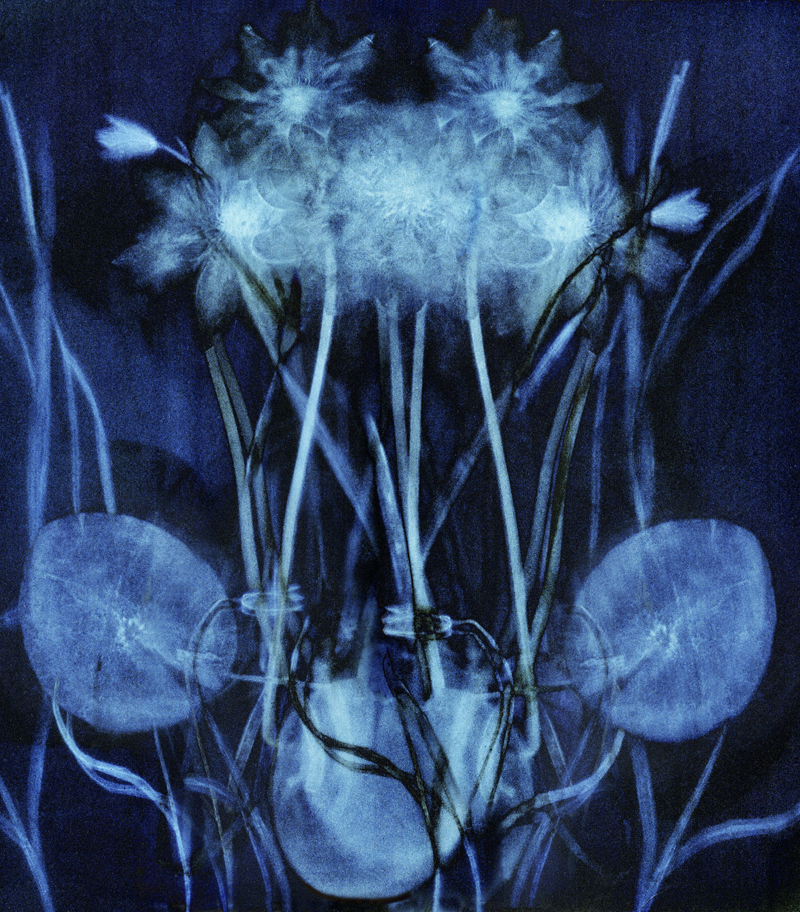
enquire about this work

enquire about this work
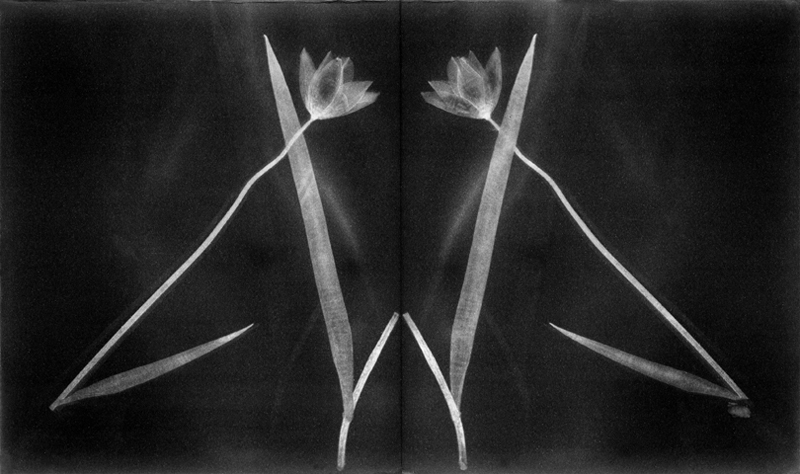
enquire about this work
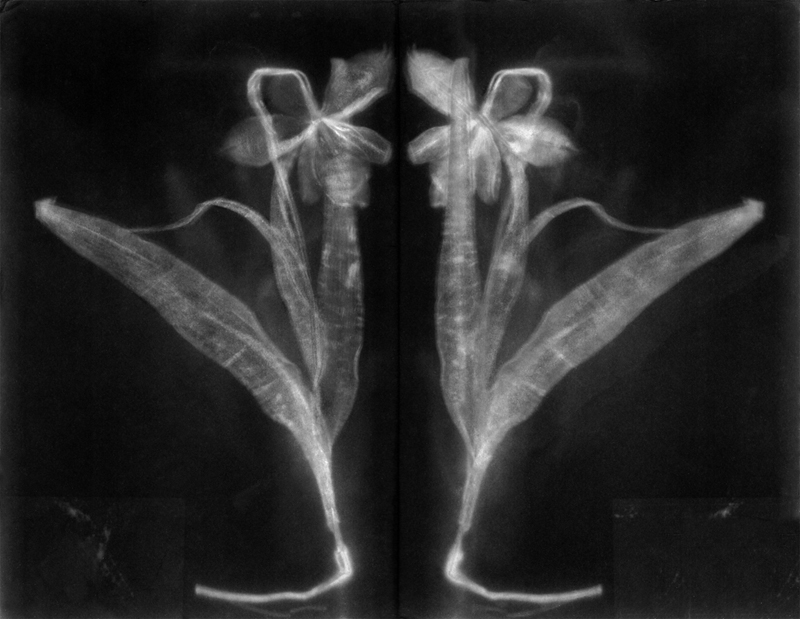
enquire about this work
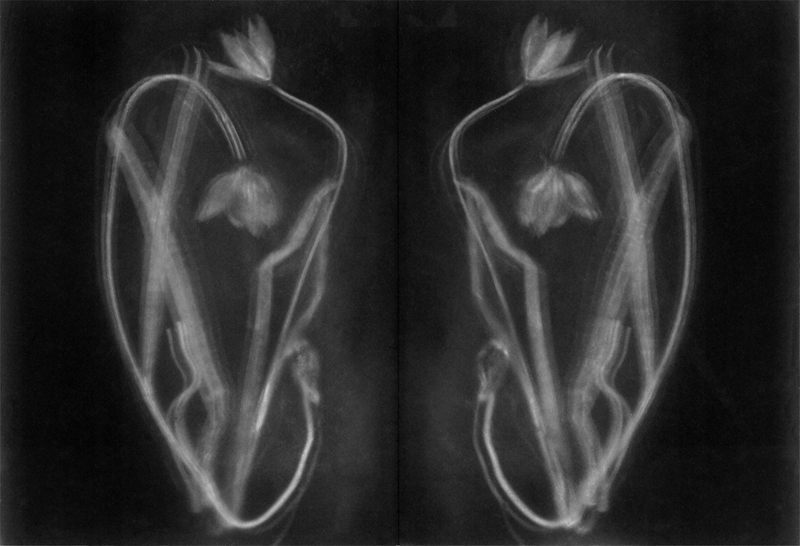
enquire about this work

enquire about this work

enquire about this work
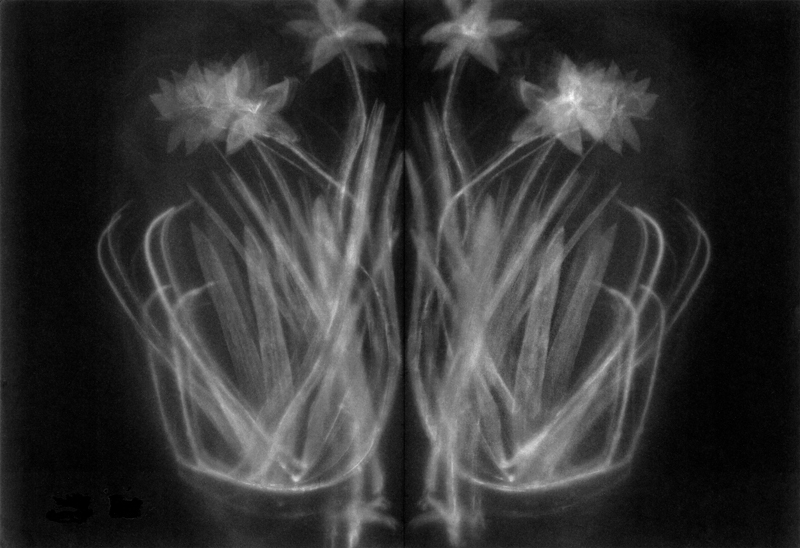
enquire about this work
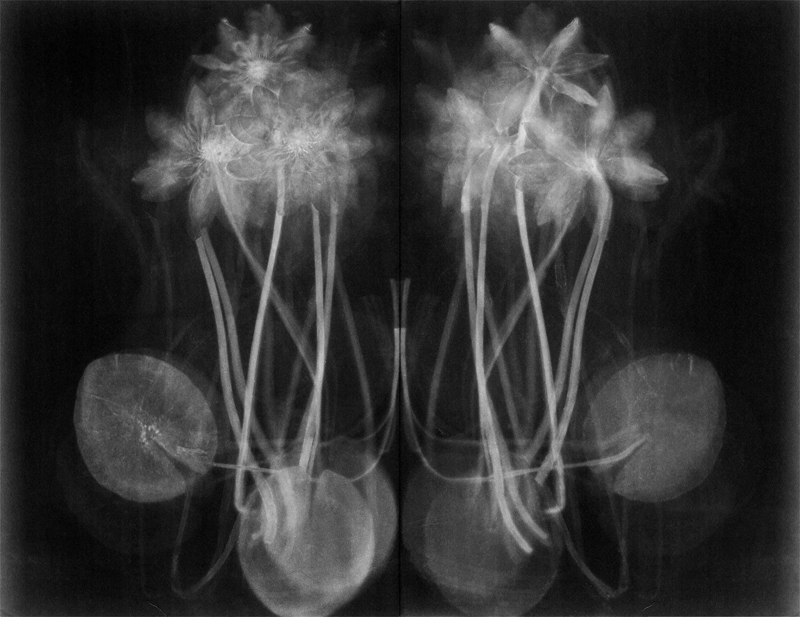
enquire about this work
HOT HOUSE
The images in Hot House are photographs of dried specimens from the Royal Botanic Gardens Sydney, collected by contemporary professional botanists as well as nineteenth century hobby collectors. In addition there are a series of black and white images, that are not specimens but rather the impression the plant has left on the folder in which it is stored.
There are over a million plus plants held in herbarium. These are stored in collection boxes that are all uniformly sized and stacked from floor to ceiling in racks that run over many levels of the building. Each box contains numerous folders and each folder contains a specimen sheet. The specimen sheets in turn are a specific size (about A3) to fit the specimen box. When a specimen is larger than the sheet rather than use a bigger sheet the specimen is elaborately folded and tied to fit the given sheet. These plants take on the appearance of a small 'Zen' parcel in their detail and presentation (Signature Mauve). This is an example of a scientific format determining an art outcome.
The images also reflect the work of the amateur collector - algae and fern albums were incredibly popular in the nineteenth century (Fern Journals). The hobby collector crosses all socio-economic groups from the gentleman scholar, to retired scientists and professors, to clergy, and lay people from all walks of life. The forms chosen to conserve or display the specimens by the hobby collector makes for variation and individual expression in the specimen display as opposed to the standard botanical specimen sheet.
Trace, this black and white series is really about the absence of the specimen. These impressions are the mark or the stain the plant makes onto the folder over time. Given the size of the collection some specimens, particularly Exotics, are rarely accessed which makes for a near perfect impression (Tulips) while others have been repeatedly accessed and display shadowing creating a sense of movement. The impressions although nothing more than a mark on paper convey the sense of time present and time past.